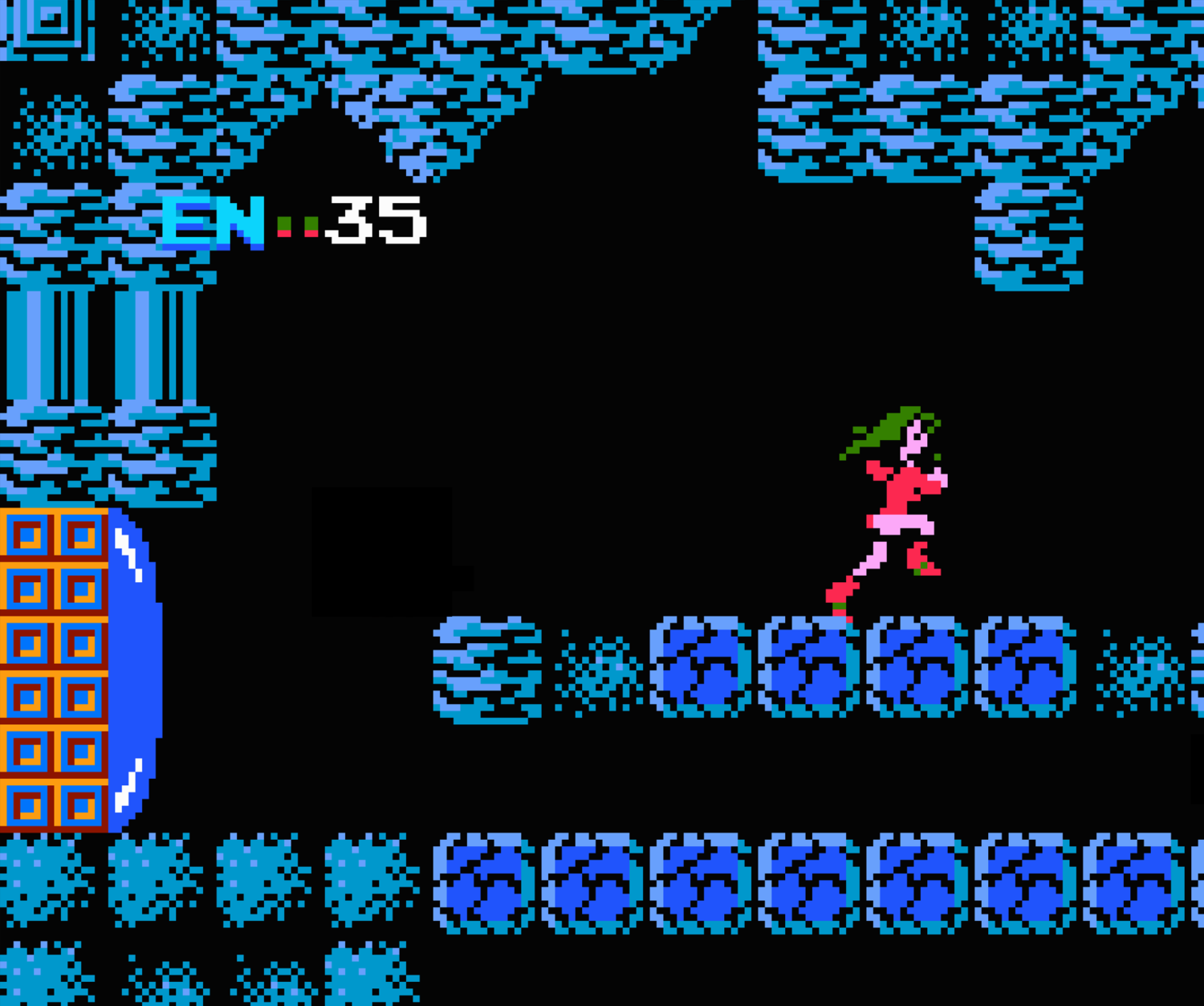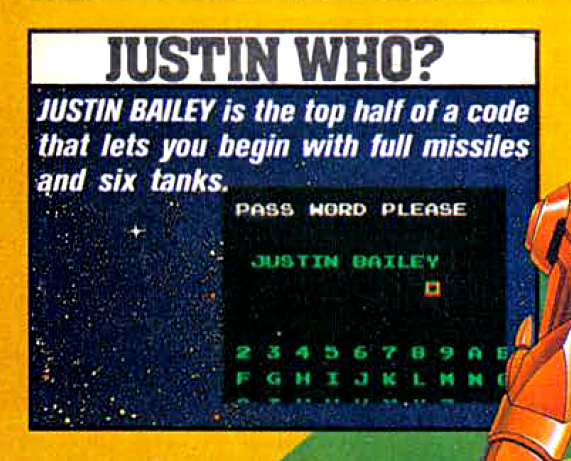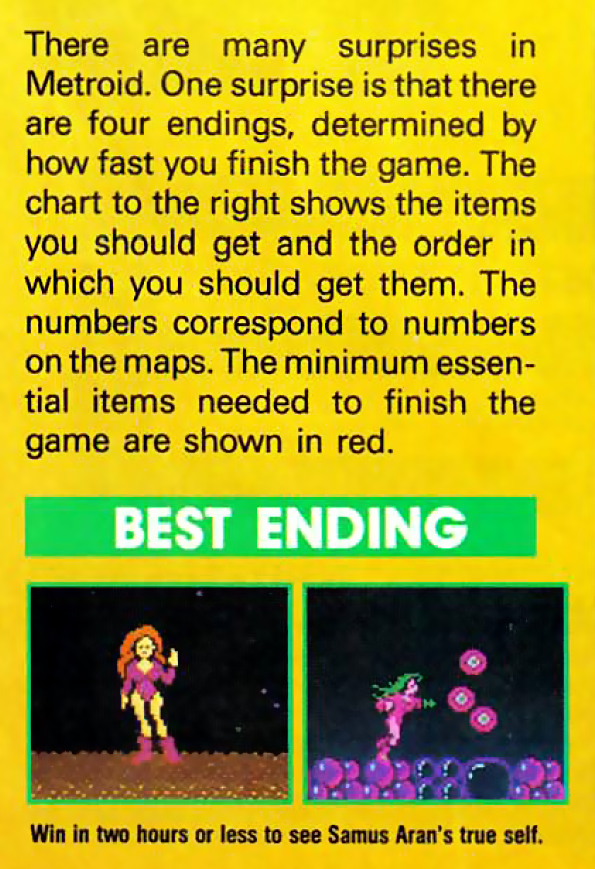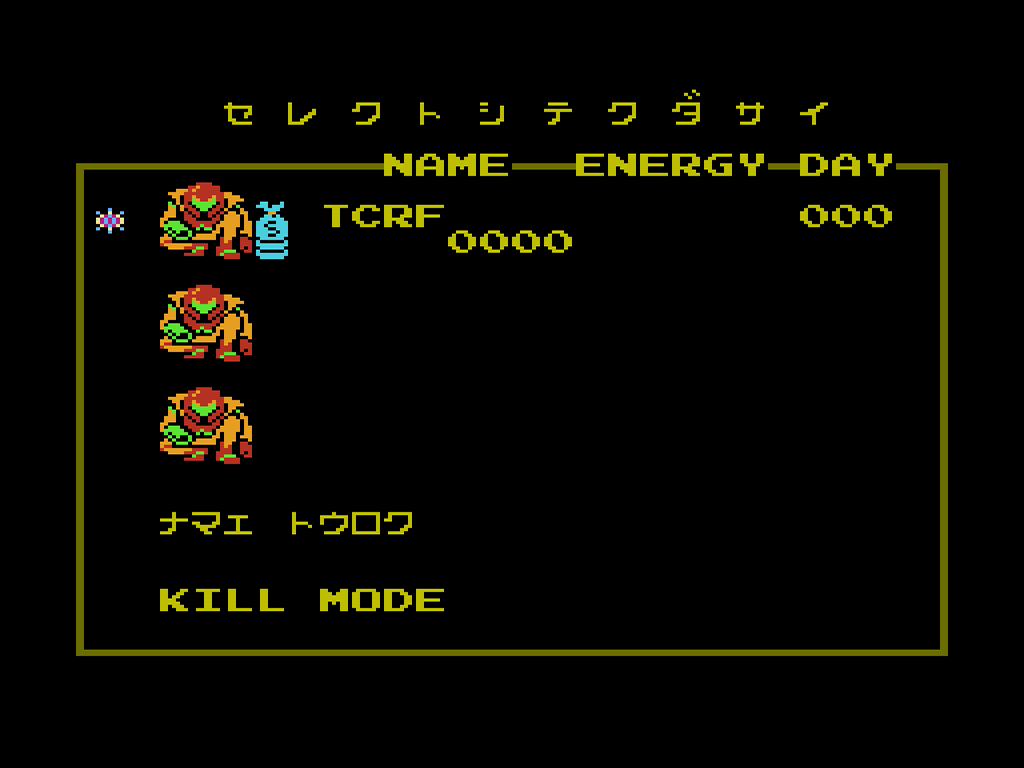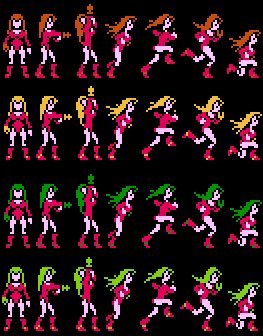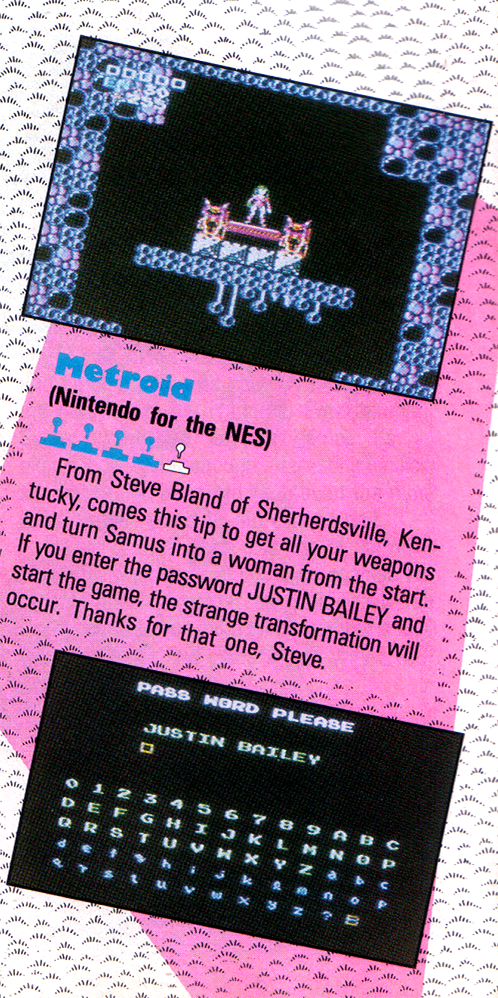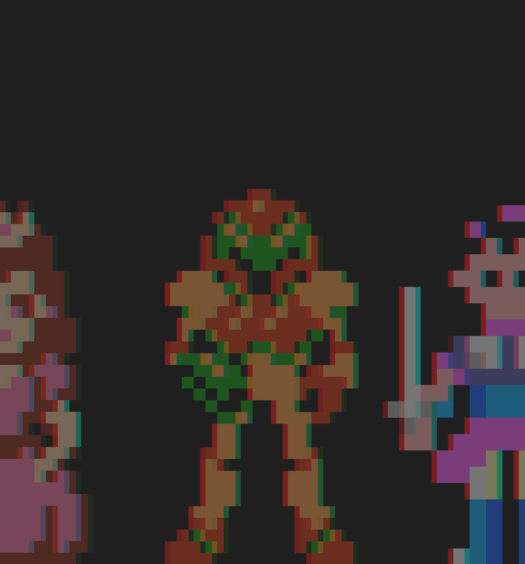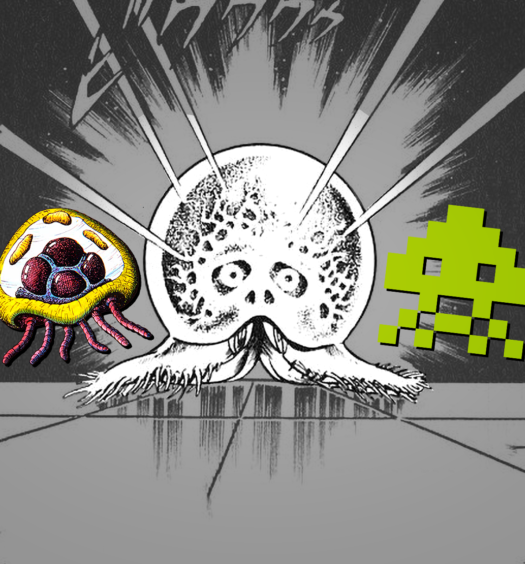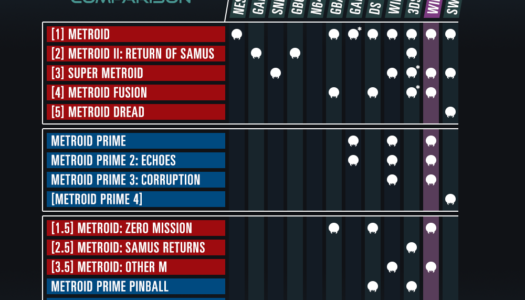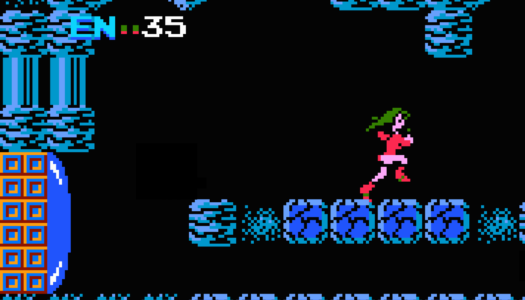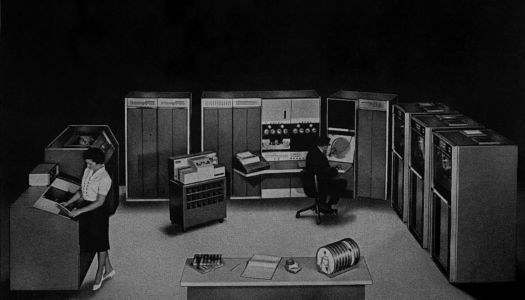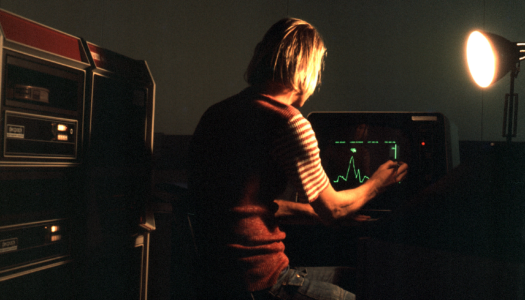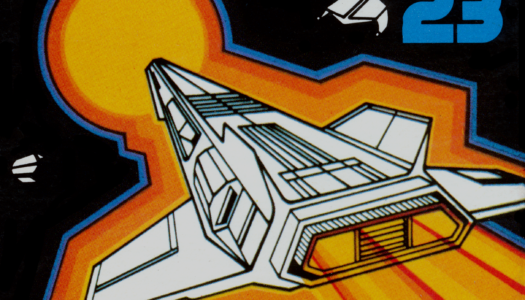“Justin Bailey” is one of the most famous secret codes in the history of gaming.
Sure, it’s not as well-known as the Konami Code, but for anyone who becomes interested in Metroid series — whether from Super Smash Bros. The Metroid Prime games, or the 2D side-scrolling installments — you eventually hear about the mystery of “Justin Bailey.” Was he a real person? And if so, why has he never spoken up?
Last year I tried to find Justin Bailey. I’ll tell you why I think the password originated in Kentucky, and why the true Justin Bailey might never be confirmed.
Exploring The Origins
“Justin Who?,” asked the October 1991 issue of Nintendo Power (Volume 29). At the end of an eight-page feature on Metroid — apparently timed to prepare readers for the release of the Game Boy sequel — Nintendo Power offered a password code that would let you start the game with extra missiles and energy tanks.
Not mentioned was an additional surprise: You’d also started the game wearing an alternate outfit you could normally only unlock by beating the game in under three hours.
Even though Nintendo Power mentioned this outfit earlier in the same issue (except they claimed you had to beat it in under two hours!), fans who later learned about the game during the internet age came to believe that the outfit was specifically unlocked by the Justin Bailey code. As a result, numerous theories spread about where the name came from.
Was it a programmer who inserted his own name or the name of a friend? One legend had it that the code actually meant “Just In Bailey,” referring to a supposed slang term for a swimsuit in Australia. Which doesn’t appear to be true, but I’ve taken to referring to long-sleeved leotards as a “bailey.”
In reality, “Justin Bailey” is nothing more than a coincidence — a name that just so happens to result in a very convenient loadout. As far as how it got picked up by Nintendo Power, the story was recently revealed on the Video Game History Hour podcast in a discussion with Bones, the director of Mother To Earth, a documentary about the previously unreleased NES game Earth Bound.
In a segment that will appear in the special features of the film’s physical release, former Nintendo Game Counselor Phil Sandhop tells a story about how he got a call one day from a kid who said he’d just entered his name on the Metroid password screen and was surprised by the result. Sandhop loaded up the game while they were talking and was similarly surprised.
It’s a wonderful story, but there’s one small problem: the password had already been printed by multiple publications. When it appeared in book How To Win At Nintendo Games #2 in November 1989, the password began to spread on Usenet. Was the caller simply trying to prank this poor Game Counselor, not realizing it might inadvertently lead to Nintendo Power finally becoming aware of it?
And more importantly: where did this book discover the password?
Let’s Backtrack For A Sec
Metroid was originally released on August 6, 1986 for Nintendo’s Famicom Disk System in Japan. The rewriteable nature of disks allowed for the existence of save files, a feature that wasn’t yet possible with cartridge games.
Upon completion, you’d get a different ending depending on how quickly you beat the game, and an icon added to your save file indicating how well you did.
But in the U.S., there were no plans to give the NES a similar disk drive. So when Metroid was released there the following August, the save files were replaced with a password feature. You still got a different ending depending on your time, but afterwards the game simply started over. Though if you were paying close attention, you’d realize that this second loop of the game retained all of your power-ups, in possibly the first example of a “New Game+”!
And if you beat the game in under three hours, that second playthrough featured a new outfit, a new addition that didn’t exist in the Disk System original! Olli of Rain Games notes that Samus’ hair changes color depending on what you have equipped.
The story of how this U.S.-exclusive Samus sprite came to be is another mystery for another time. The important thing to note is that the “Justin Bailey” password really just loaded up under-three-hours second-playthrough state with some extra goodies.
The way the password system functions, each value in a password alters a specific aspect of the game’s state. So the only way a programmer could intentionally spell out a phrase is if they essentially bypassed the password generator and hardcoded it in (which did happen in at least one instance). The fact that the letters “Justin Bailey” unlock this specific state in the password generator really is just a cosmic coincidence!
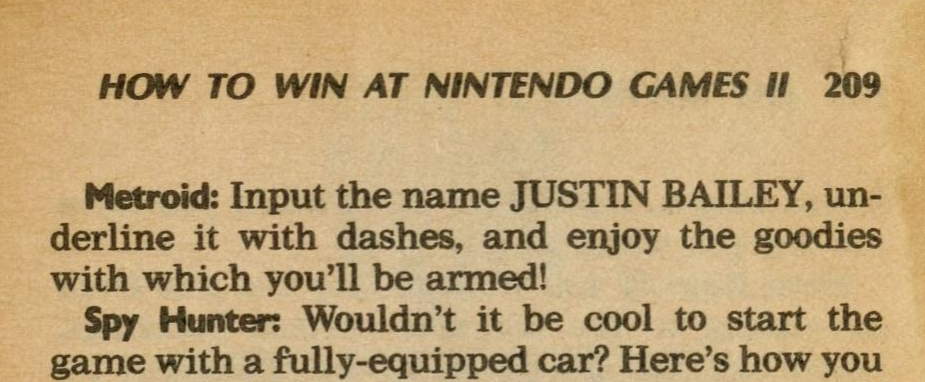
Jeff Rovin’s How To Win At Nintendo Games #2 made the password more widely available, but it wasn’t the first place that published it. The author likely spotted the code in the July 1989 issue of VideoGames & Computer Entertainment, a magazine that went the extra mile by actually crediting the people who sent in tips. Surprisingly, the Metroid tip wasn’t sent in by a Justin Bailey, but rather a Steve Bland of Shepherdsville, Kentucky (misspelled as “Sherherdsville”).
In a weird way, it would be sort of perfect for “Justin Bailey” to originate in Kentucky. Metroid’s style of dungeon-crawling exploration follows in the tradition of early action-adventure games, whose roots can be traced back to Adventure, a text game with a dungeon map inspired by the Mammoth Cave system in Kentucky. Adventure also inspired a secret code name mystery of its own — the question of what is “Xyzzy”?
I excitedly reached out to Steve Bland for answers, but unfortunately he couldn’t tell me much. He only vaguely recalled that he’d once submitted a game tip that was printed in a gaming magazine, but couldn’t recall where it came from. All he knows is that he wasn’t the one who discovered the password.
A Door Still Blocked
So if Steve Bland was the first person to submit the password for print, it must’ve been something spread via word of mouth at school. Which means it was likely discovered locally. To test my theory, I did a search for any Justin Baileys who graduated from the same high school.
Lo and behold, there was exactly one! But there was a catch. This Justin Bailey would’ve been only two years old when the tip was published in VG&CE magazine.
This might make the most likely scenario one where a family friend or relative who discovered the code, while plugging in the names of different people they knew. It was finally “Justin Bailey” that resulted in something useful. Which would certainly explain why we’ve never heard from the real Justin Bailey. The problem is that unless the theoretical family friend or relative one day speaks up, this is basically the end of the road.
I did attempt to reach out to the suspected Justin Bailey — as well as other Justin Baileys in the greater Louisville area to cover my bases — but was unsurprisingly ignored. After all, if you’d never heard of Metroid, why would you want to respond to some weirdo claiming to be something called a “gaming historian”?
Just imagine: Justin Bailey might not realize he’s Justin Bailey.
If you have more information on this mystery and/or grew up in Kentucky and have related anecdotes, feel free to contact me.
[Image Sources: Metroid Recon, Retromags, The Cutting Room Floor, Archive.org, Sega Retro.]Comments:
Join the discussion on my Patreon page!

